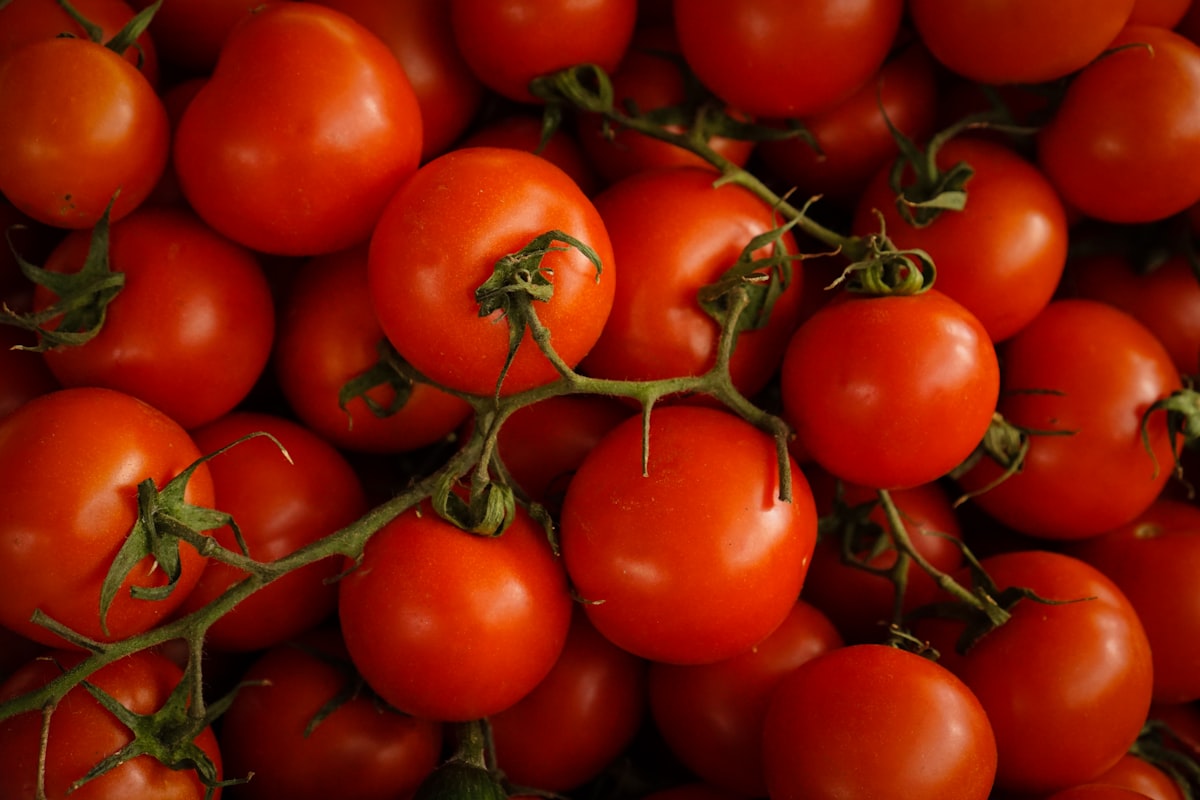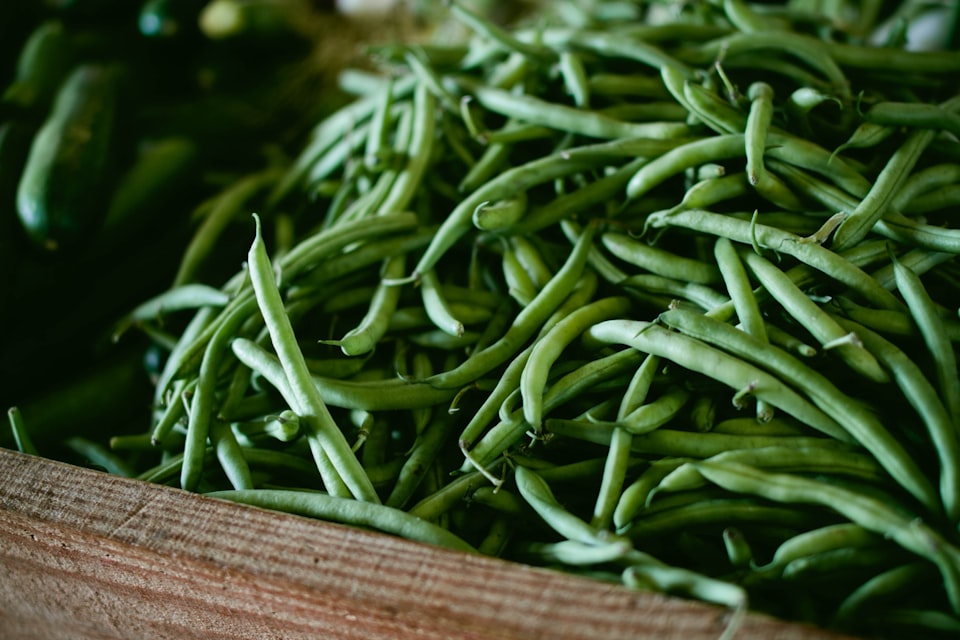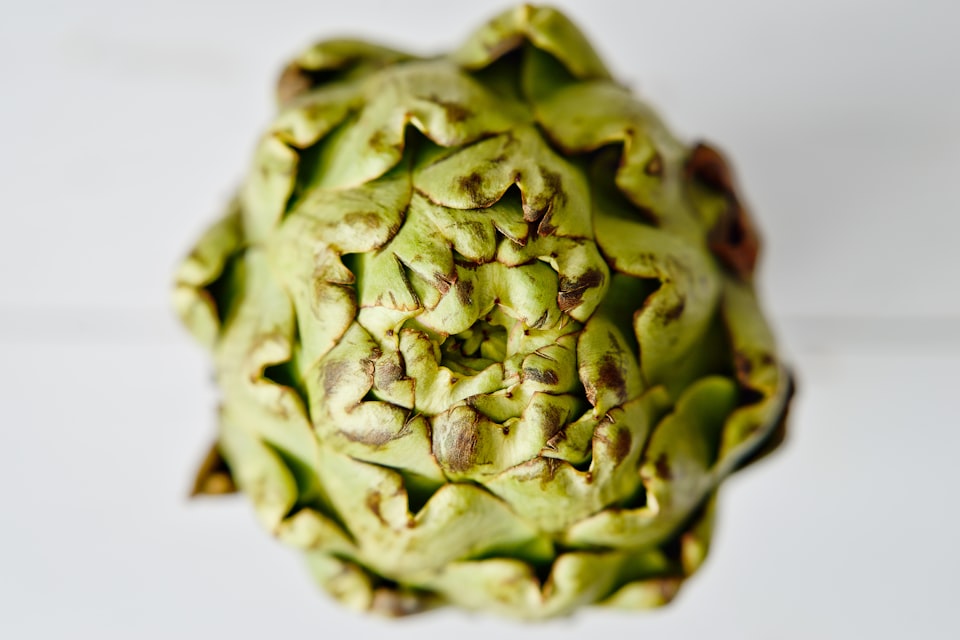VIII: Tomato
What happened to all the flavor in tomatoes?

Good morning. Today is octidi, the 28th of Vendémiaire, Year CCXXXI. We celebrate la tomate, onion's long-lost flavor buddy.
Tomatoes evolved to throw pretty much everything at the wall and hope it would make them tasty. Unlike other fruits, which pump themselves up with one attractive chemical to ensure consumption, tomatoes are a radically complex mixture of acids and sugars and volatile organic compounds that all dance around on taste buds screaming "eat me!"
Or, they were. We've – sort of accidentally, sort of on purpose – bred half the flavor out of tomatoes. The effect has accelerated in recent generations, prompting a lot of scientists to figure out what exactly tomatoes "naturally" taste like, what chemicals make up that taste, where those chemicals disappeared to, and how (or if) we can get them back.



